Village Vibe celebrates the art, culture and festivals of India’s village life. Urbanites aren’t the only ones who become social media stars, produce stunning art, enjoy food fads or follow fitness crazes. And as for festivals, there’s a totally different vibe in the villages.
Village Vibe
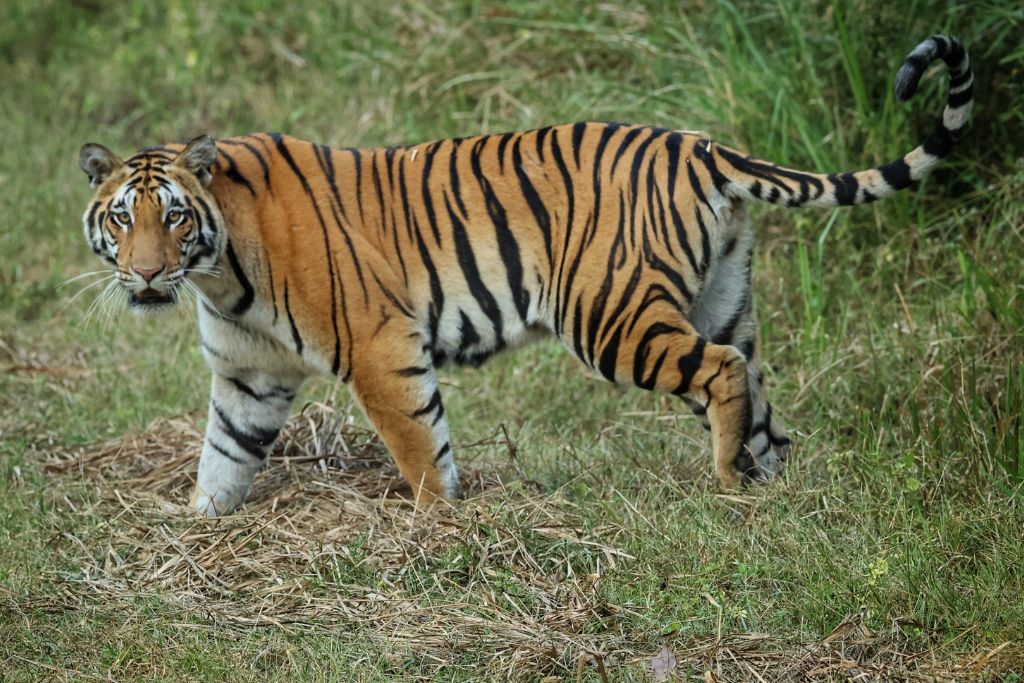
Stepping into the tiger’s reserve
Project Tiger was initiated in 1973 at Corbett Tiger Reserve with the primary aim of safeguarding and fostering the tiger species. On this International Tiger Day on July 29, we join a safari jeep driver on one of his trips. He tells us what it’s like to live on the fringes of the forest and work in the reserve, and what tiger conservation means to him.
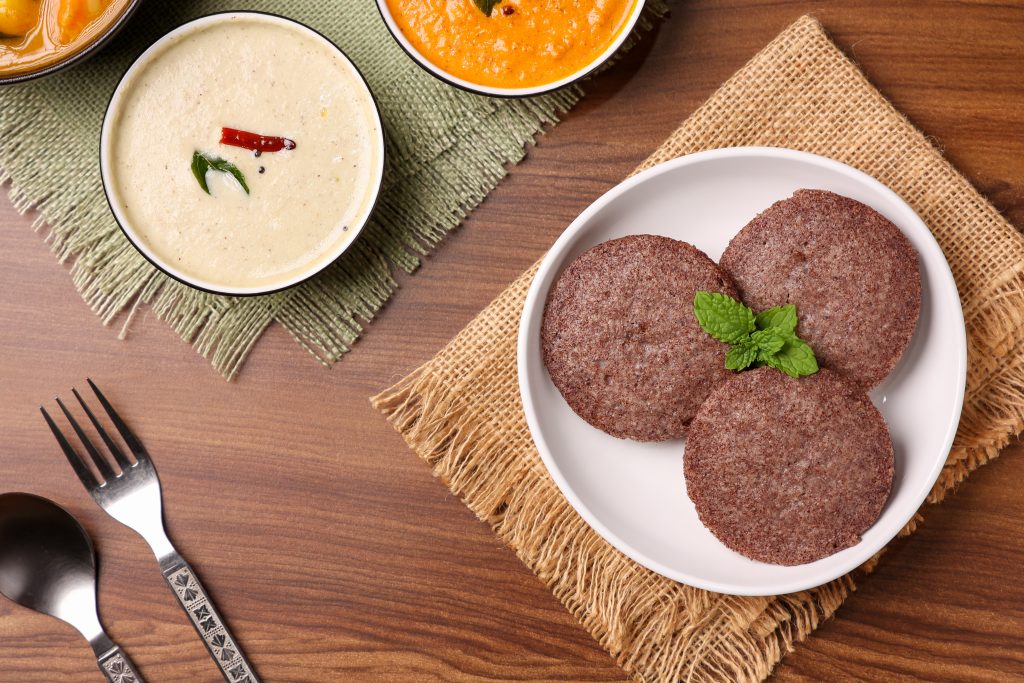
Event alert! Come, be a part of millet revolution
Village Square presents 'Bharat ki kahani: cuisines and cultures of rural India' — an exclusive culinary journey uniting rural and urban India.
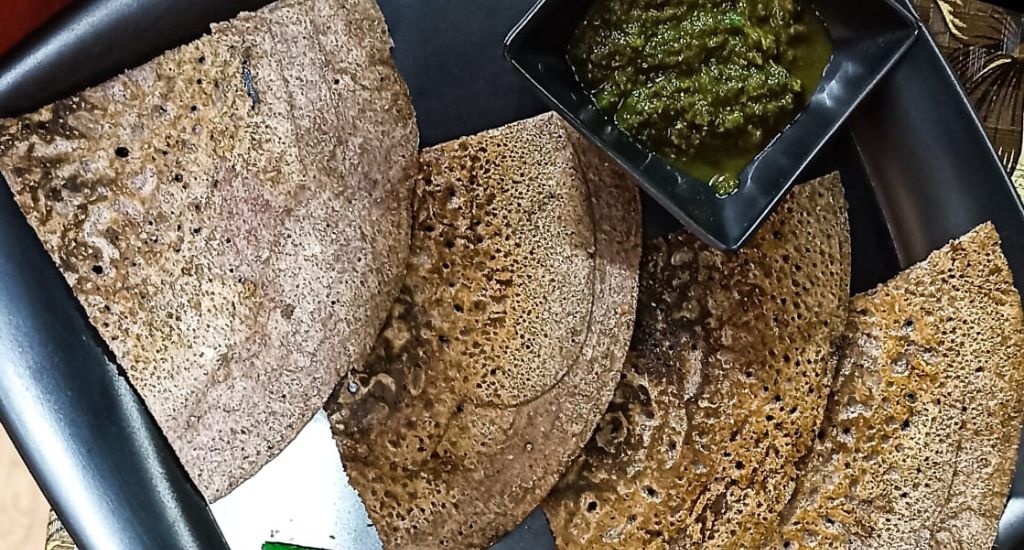
How this Chhattisgarh cafe mainstreamed millets
What started as a programme to popularise the nutritional benefits of millets in anganwadis has led to a group of women starting an exclusive millets cafe in Raigarh, Chhattisgarh.
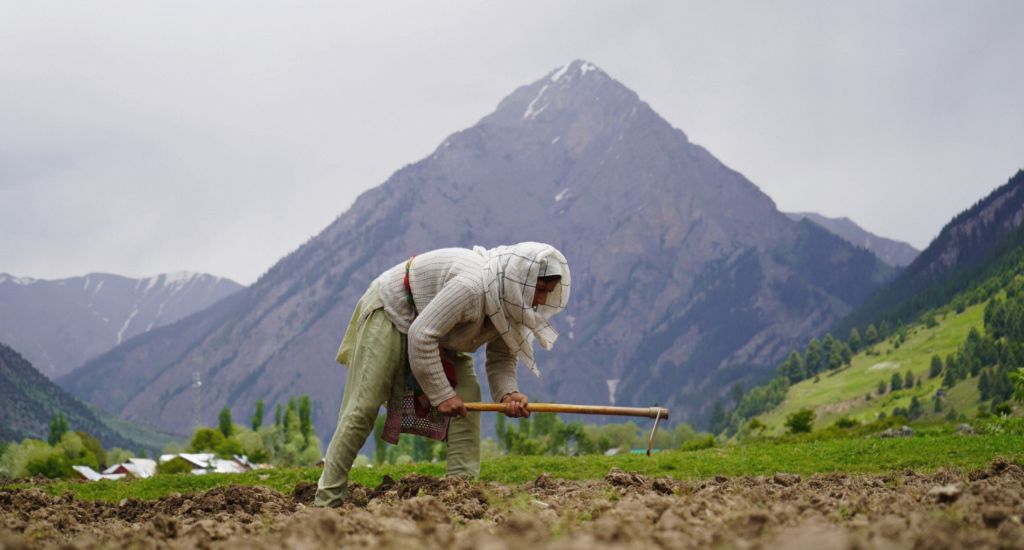
Turning Kashmir’s potatoes into popular chips
Potato farmers in Kashmir’s Gurez valley hope for better economy and local employment opportunities for the youth after a corporate company’s interest in the Valley’s potatoes.
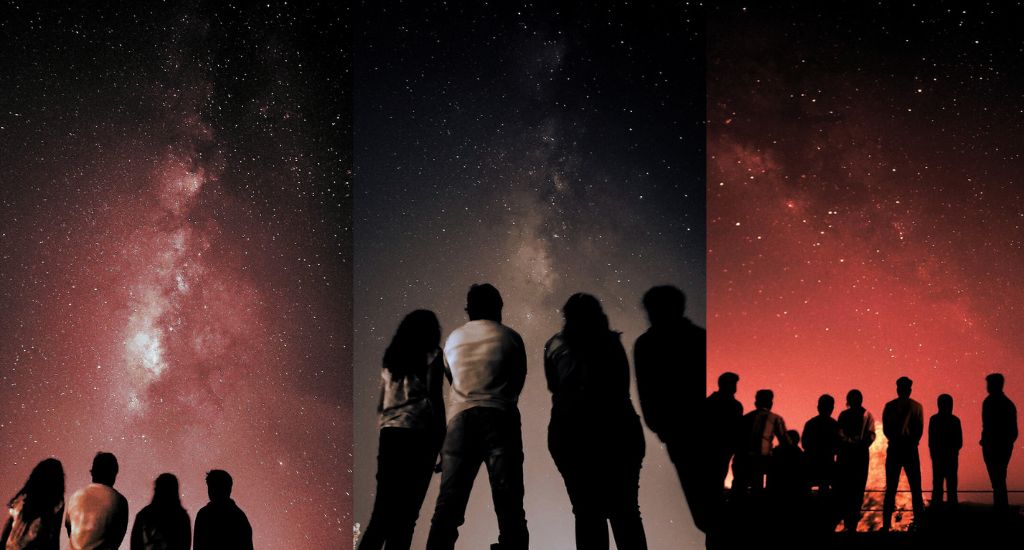
Karnataka youth aims for the sky with astro-tourism
Niranjan Kanagoudar from Haveri district has set up powerful telescopes in his farmland to let people watch distant stars for a reasonable price.
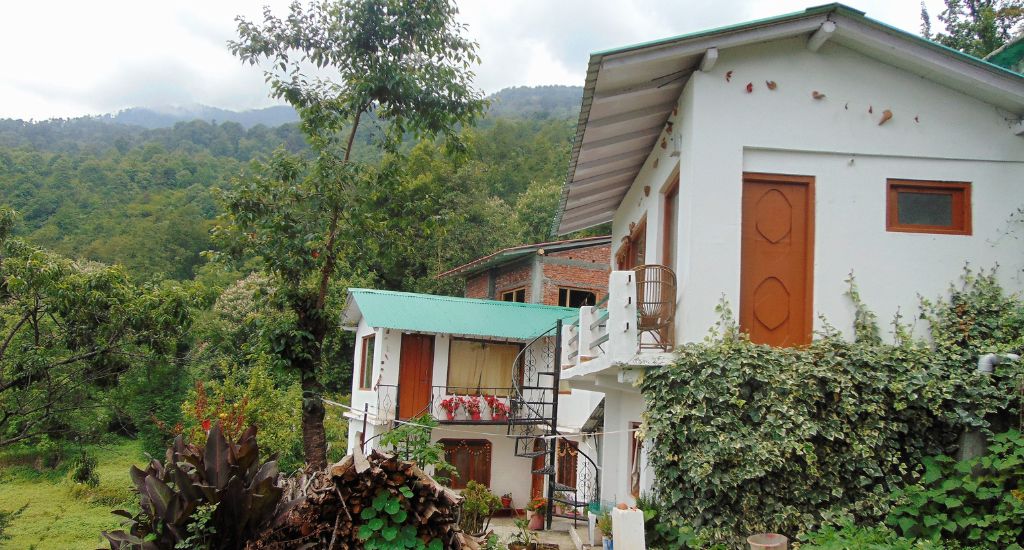
Unique homestays in Munsiari
Homestays in this Himalayan village serve as the base for nature and adventure tourists while offering a livelihood for the local people, especially women.
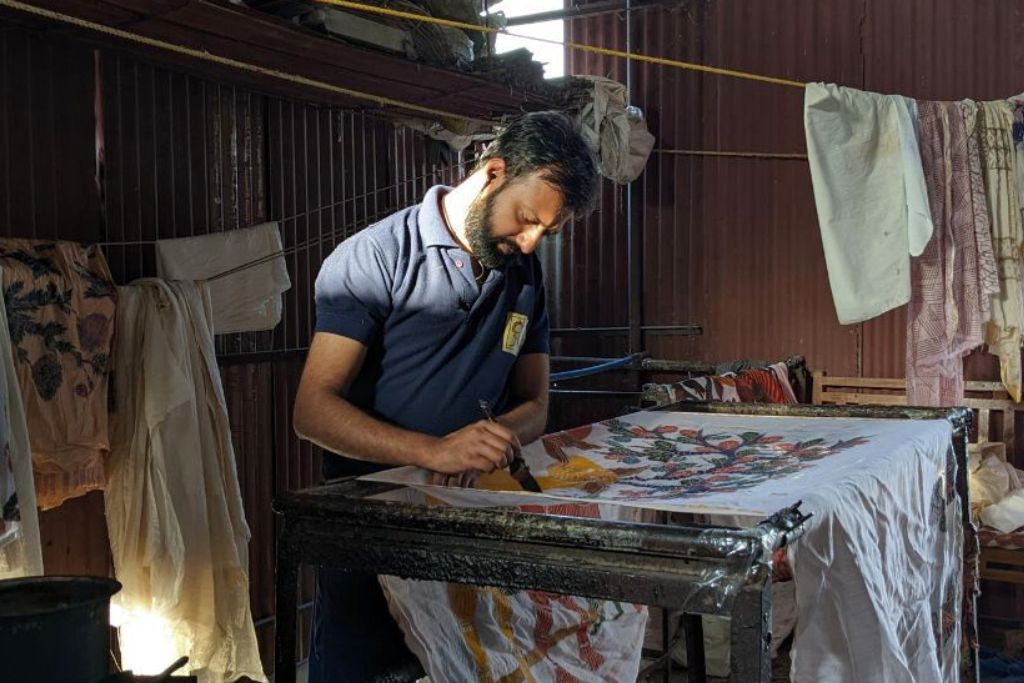
MP artisans ‘wax’ eloquent through batik
Armed with a GI tag and inclusion under the ‘One District One Product’ initiative of the state government, the batik products of Bhairavgarh in Madhya Pradesh are headed towards better times.
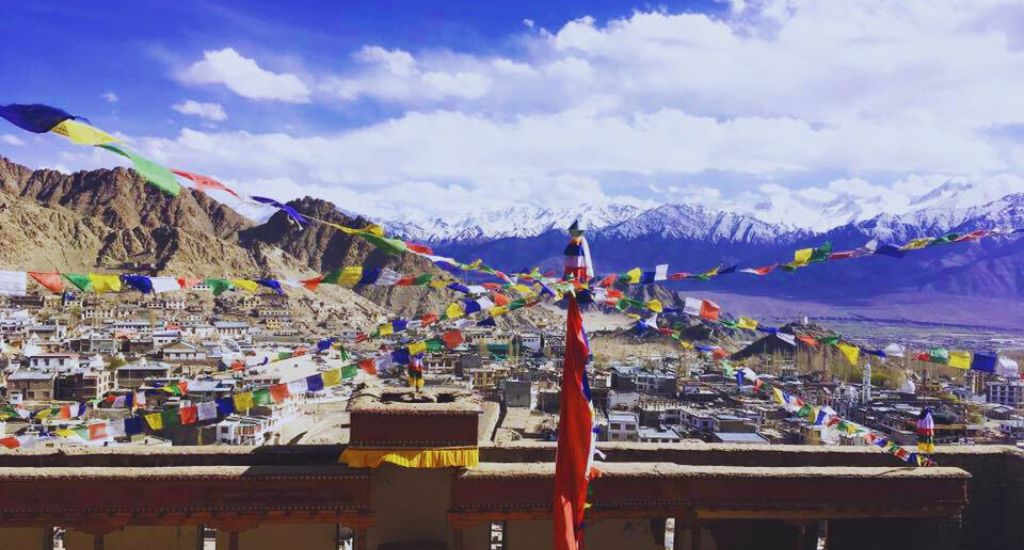
Ladakh longs for tourists who give region a miss
Suspension of flights by ultra-budget S. Airlines together with late arrival of summer trigger a decline in footfalls and a rise in anguish among tour operators.
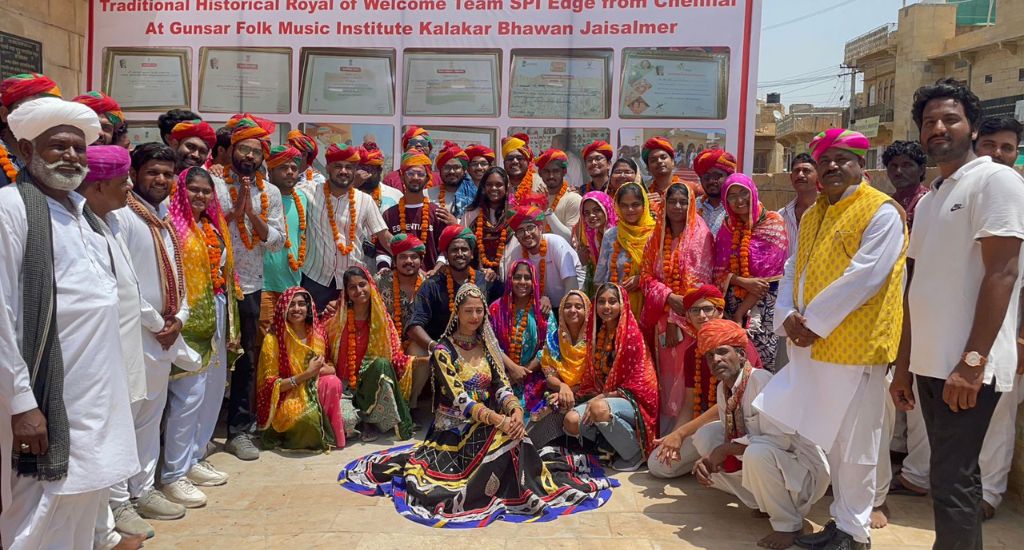
Rajasthan music school trains ustads of tomorrow
Gunsar Folk Music Institute of Jaisalmer is wowing audiences across the world with soulful songs by its students from the poor Manganiyar community.